HAZWOPER Training for the Power Generation Sector
At Salvation Safety, we take pride in making utility and power generation worksites a safer place to work. Whether you come from the private sector or a government-affiliated facility, we offer the same high level of training and education.
On-Site 8, 24, and 40-Hour HAZWOPER Training
The Hazardous Waste and Emergency Response Standard (HAZWOPER) is a set of guidelines created by the Occupational Safety and Health Administration (OSHA) intended to teach employers and employees how to properly handle, transport, store, and dispose of hazardous materials.
These materials can be solid, liquid, or gas and can pose a serious danger to public health if they are not dealt with safely. With Salvation Safety, you and your company benefit from our extensive experience and comprehensive qualifications when deploying our hands-on, on-site HAZWOPER training.
Our training will educate your team on how to use proper procedures to protect themselves, their co-workers, and the public from coming into contact with dangerous materials. We emphasize communication, cooperation, and effective planning in all of our training.
Schedule Your On-Site HAZWOPER Training with Salvation Safety today!
About Power Generation HAZWOPER Training
Power generation facilities handle hazardous materials as a matter of course. Dangerous substances are always present, from petroleum or coal-based to nuclear power.
Even in hydroelectric, wind, and solar generation, there are still harmful materials and chemicals in lubricants, batteries, motors, and other materials that can pose a health risk.
If you and your workers have responsibilities that include any contact with such materials, you are required to take HAZWOPER training.
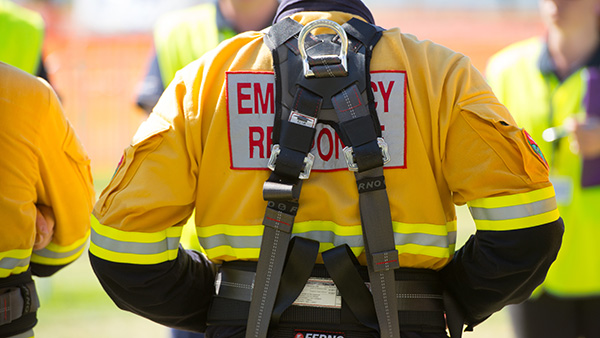
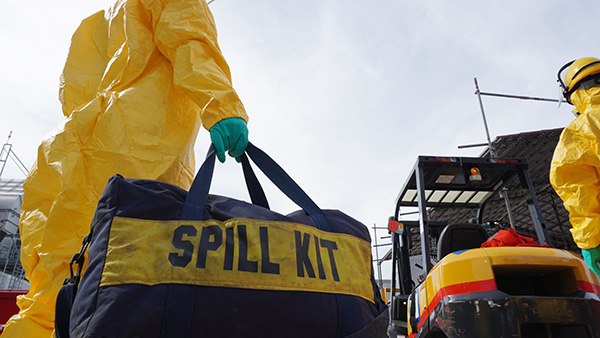
What Is HAZWOPER Training?
HAZWOPER trainingprepares employees and employers to handle hazardous materials and satisfy OSHA requirements. There are several levels of training depending on the severity of the health risks posed by the materials, which we’ll cover below.
To keep such materials from seeping into the environment or harming workers, anyone coming into contact with harmful substances at a worksite must undergo training appropriate to the amount of danger these substances can cause.
Who Needs Hazardous Waste Operations and Emergency Response Training?
Any worker or supervisor engaged in the cleanup, removal, storage, treatment, and disposal of hazardous waste materials and those involved in any emergency response that may bring them into contact with such materials. Here are some specific categories that employees or employers who need HAZWOPER training may fall under:
-
Emergency Responders
In case of a spill or leak of hazardous materials, these workers are responsible for containment, control, and stabilization of the threat.
-
Uncontrolled Hazardous Waste Site Operators
This group involves anyone responsible for remediating and cleaning up hazardous materials at uncontrolled hazardous waste sites as identified by the government. These may include sites with known and contained materials as well as those where there is potential contamination.
-
Treatment, Storage, and Disposal Facility (TSDF) Personnel
Workers who handle, treat, store, and dispose of hazardous waste fall under this designation. They may be responsible for transporting waste from off-site. While the previous two categories deal with threats of unknown severity, workers in this category are (largely) handling known types and concentrations of materials.
If you are never required to enter a zone with hazardous materials, aren’t required to wear Personal Protective Equipment (PPE), and don’t supervise anyone who does, you may not be required to take HAZWOPER training.
What Is HAZWOPER Certification?
To satisfy OSHA regulations, it’s not enough to simply know the rules. HAZWOPER certification proves that a worker has been educated and trained in an official capacity.
Also, beginning in 2013, OSHA started requiring training in the Globally Harmonized System of Classification and Labeling of Chemicals (GHS) put forth by the United Nations. The GHS governs what information is required for inclusion on safety data sheets and labels.
What Is 8-Hour HAZWOPER Training?
The 8-hour HAZWOPER training course is intended as a refresher course for those who have already undergone the 24-hour or 40-hour HAZWOPER training.
This 8-hour course must be taken once per year to remain certified. You do not have to engage in all 8 hours at once, so long as they are completed before one year has elapsed since the previous refresher was finished.
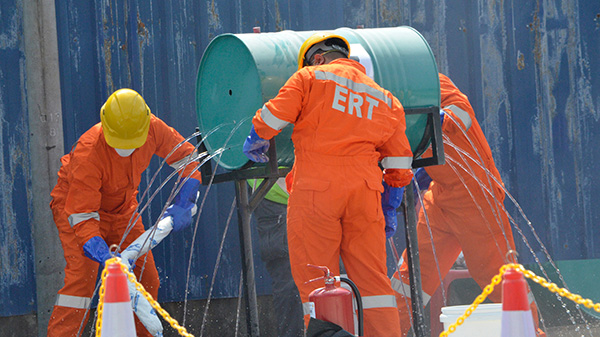
If more than one year passes without completing the refresher, that doesn’t necessarily mean a worker must begin again with the 24-hour or 40-hour HAZWOPER training.
Instead, OSHA allows employers to determine whether workers can still perform their job safely. If they determine this is the case, the worker may take the 8-hour refresher instead of starting over with new certification.
8-hour training will include:
- Refresher on OSHA regulations
- Protective measures against hazardous materials
- Elimination process for hazardous materials
- Information on keeping workers and the environment safe
Once workers have passed this refresher training, they are ready to continue working with and handling hazardous materials.
What Is 24-Hour HAZWOPER Training?
24-Hour HAZWOPER training is intended for workers who will have some but not much contact with hazardous materials. Workers who undertake 24-hour HAZWOPER training will be expected to be able to:
- Encounter hazardous materials but not be directly involved in their handling
- Work in locations with exposure levels below Permissible Exposure Limits (PELs)
- Work at sites that require PPE/respirators fewer than 30 days per year
- Supervise employees who only require 24-hour training
Those who take the 24-hour training will learn:
- About OSHA’s purpose and role in workplace safety
- How to identify hazardous materials
- How to choose proper PPE
- How to read Material Safety Data Sheets (MSDS)
- How to create a Site Control Program
- How to treat workers exposed to hazardous materials
Workers must also have one day of supervised work in the field before entering the actual worksite.
What Is 40-Hour HAZWOPER Training?
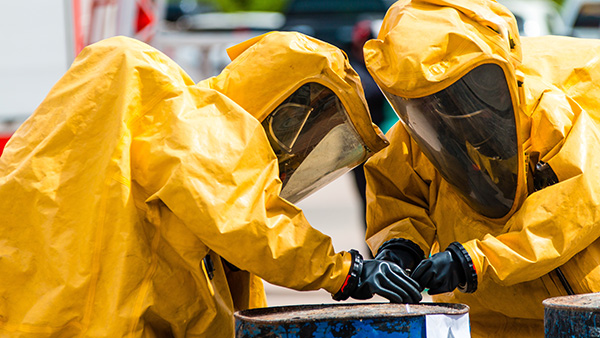
40-hour HAZWOPER training is for workers who will experience the highest levels of risk. These employees will personally be handling hazardous materials during cleanup, remediation, treatment, transport, disposal, and storage and must be expected to be able to:
- Work with hazardous materials regularly and safely
- Work in environments with exposure levels above PELs
- Use respirators/PPE for more than 30 days per year
- Supervise employees who require 40-hour training
Workers who have undergone 40-hour HAZWOPER training must also have three days of supervised work in the field.
Related Posts
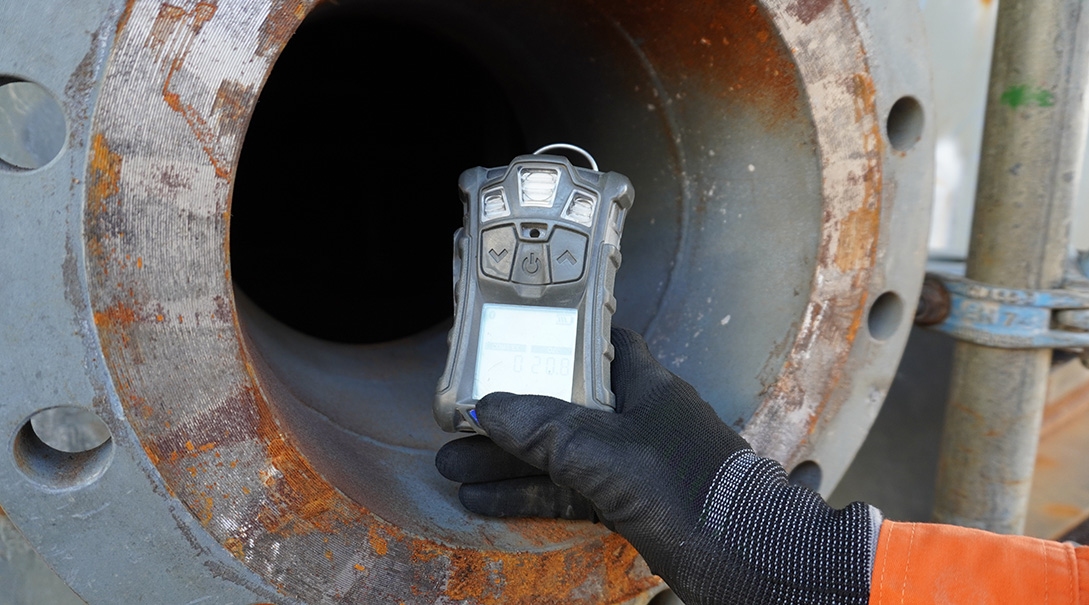
Atmospheric Hazards Of Confined Space
Keeping your power plant safe and free of accidents is just as important as making sure that it’s profitable. Most... Read More.

What are Safety Audits in Thermal Power Plants?
Thermal power plants play a big role in powering the United States. But they’re only able to do that because... Read More.
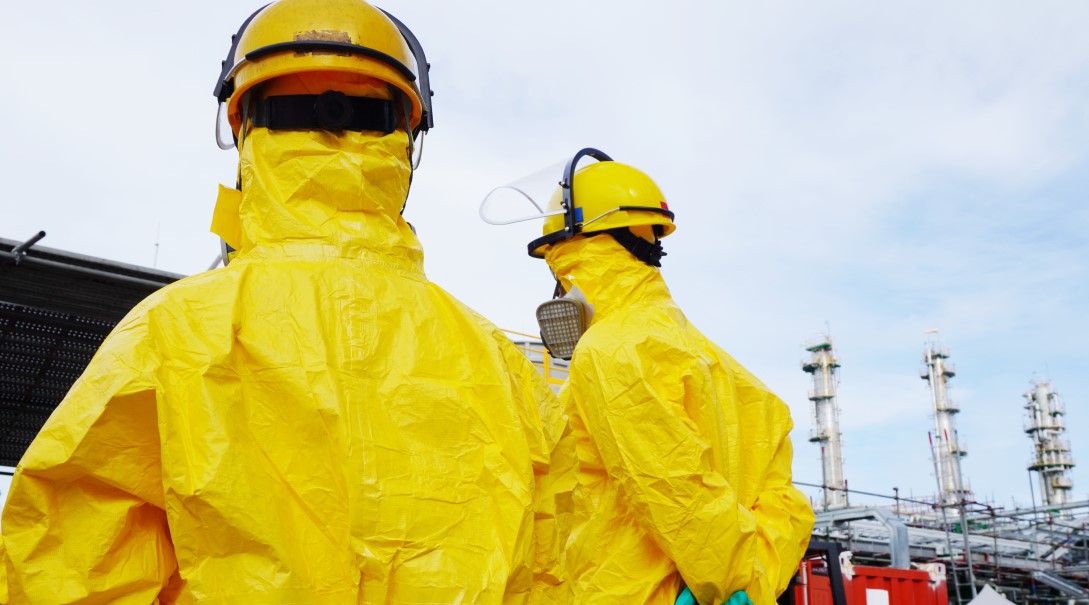
A Guide to HAZWOPER Training Levels
OSHA mandates Hazardous Waste Operations and Emergency Response (HAZWOPER) training to ensure people who work with hazardous materials are prepared... Read More.

